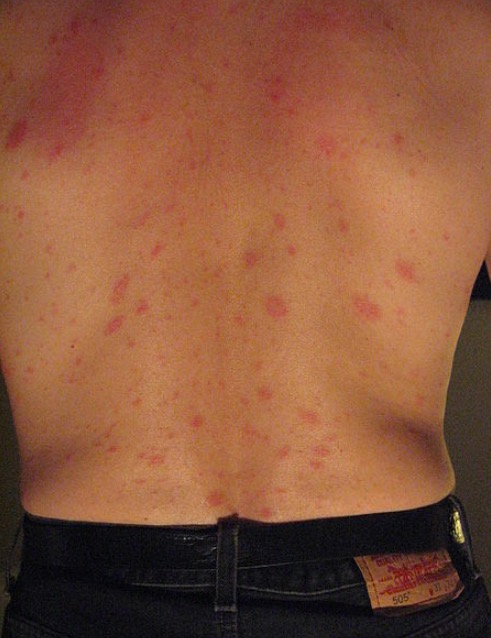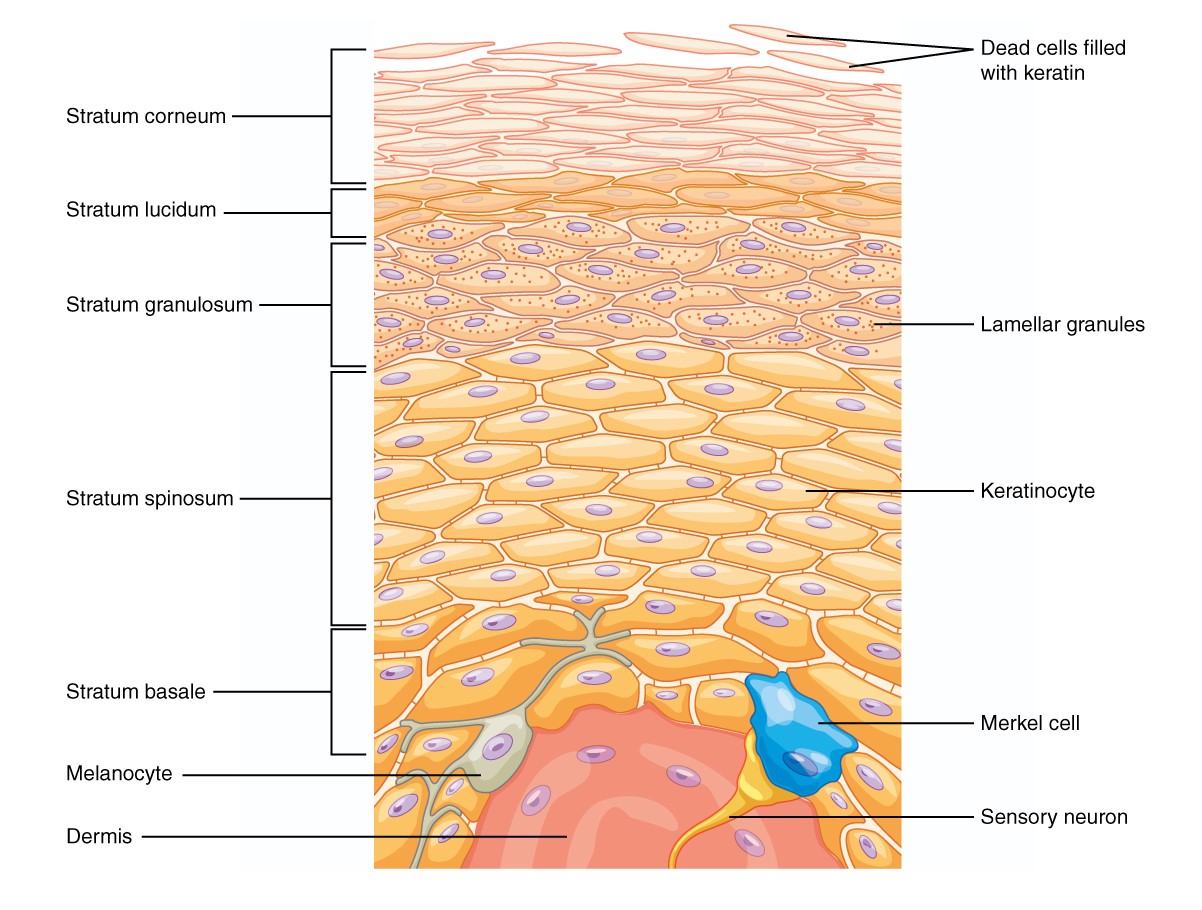Playlist
Show Playlist
Hide Playlist
Pityriasis Rosea
-
Slides Dermatology Inflammatory Skin Diseases.pdf
-
Reference List Pathology.pdf
-
Download Lecture Overview
00:01 Our topic now brings us to a condition called pityriasis rosea. 00:06 So, if you’re not familiar with dermatology or dermatology is quite weak, then there are a lot of conditions here. 00:10 The terms, my goodness, they sound quite alike. 00:13 This is pityriasis rosea, and all that I’m walking you through are going to be the high-yield ones. 00:18 Remember, there are hundreds of conditions which I am not referring to in our section just because I want to make sure that we keep things very, very clear, and organized, and also, commonly asked on the wards and boards. 00:33 The last time we saw the term that may resemble rosea, was rosacea, right? Remember that? And as soon as you hear rosacea, think of a rose, the nose, being the color of your nose. 00:46 In other words, in an adult male, rhinophyma, if you remember that. 00:50 That was acne rosacea. 00:52 The triggers there included your spicy food, maybe stress and alcohol and such. 00:56 Completely different topic here of dermatology known as pityriasis rosea. 01:01 So in terms of cause, really, unknown idiopathic. 01:04 Self-limited, that’s important, usually found in young people. 01:08 And possibly through or thought to be caused by HHV7 or human herpes virus 7. 01:16 Pityriasis rosea. 01:19 Let’s talk further in terms of morphology. 01:21 Follows a viral prodrome. 01:23 Say for example, HHV7. 01:26 There’s a condition or description known as a T-shirt type of distribution. 01:31 And by t-shirt, imagine what you’re going to wear, and on your back, is what you’re paying attention to. 01:37 Erythematous papule or plaque, meaning red. 01:40 Now, usually, the first lesion down by the trunk is called the Herald patch. 01:45 It’s often the largest, and that is your first sign. 01:49 Memorize your Herald patch, usually found by the trunk. 01:53 And then what ends up happening is that you then have this Christmas tree type of pattern on the back. 01:59 So imagine what an evergreen tree or a Christmas tree would look like in which distribution would kind of be like a triangle over the course of the back. 02:08 But in terms of how long this lasts, we’re talking about weeks. 02:14 When would you most likely see this? In this young patient, during cold winter months, cold winter months. 02:21 So clinical pearls of pityriasis rosea: number one, you begin as a Herald patch down by the trunk. 02:29 Number two, think of a Christmas tree type of pattern on your back, and when you think about Christmas, obviously, you’re thinking about winter. 02:37 During winter months is when this patient is going to develop this condition. 02:42 It’s self-limited, so you’re looking at anywhere between six to eight weeks in which your condition then goes away, self-limited. 02:49 Take a look at your pityriasis rosea. 02:52 What I’m showing you here would be areas in the skin in which it maybe begin in the back by the neck. 02:57 But here, I’m showing you the front. 02:59 But if you look at the back of this individual, then you’ll notice that this rosea type of pattern will be in a Christmas tree type of pattern. 03:07 Requires no treatment, self-limited. 03:10 So, it’s just a matter of time. 03:11 The most important thing is for you to diagnose this so that you do not give unnecessary treatment to this patient. 03:19 Young, winter, Christmas tree type of pattern, Herald patch.
About the Lecture
The lecture Pityriasis Rosea by Carlo Raj, MD is from the course Inflammatory Skin Diseases.
Included Quiz Questions
Which of the following viruses is most likely associated with pityriasis rosea?
- Human herpesvirus-7
- Human immunodeficiency virus
- Hepatitis B
- Enterovirus
- Human papilloma virus
A teenage girl presents with a rash that started as a 3-cm patch on her lower abdomen a week ago, which has now spread with crops of pink oval lesions less than 1 cm in size on the trunk and proximal areas of the extremities. What is the most appropriate next step in the management of this rash?
- No treatment required at this time
- Oral steroids
- Topical steroids
- Topical antibiotics
- Oral acyclovir
Customer reviews
5,0 of 5 stars
| 5 Stars |
|
5 |
| 4 Stars |
|
0 |
| 3 Stars |
|
0 |
| 2 Stars |
|
0 |
| 1 Star |
|
0 |





